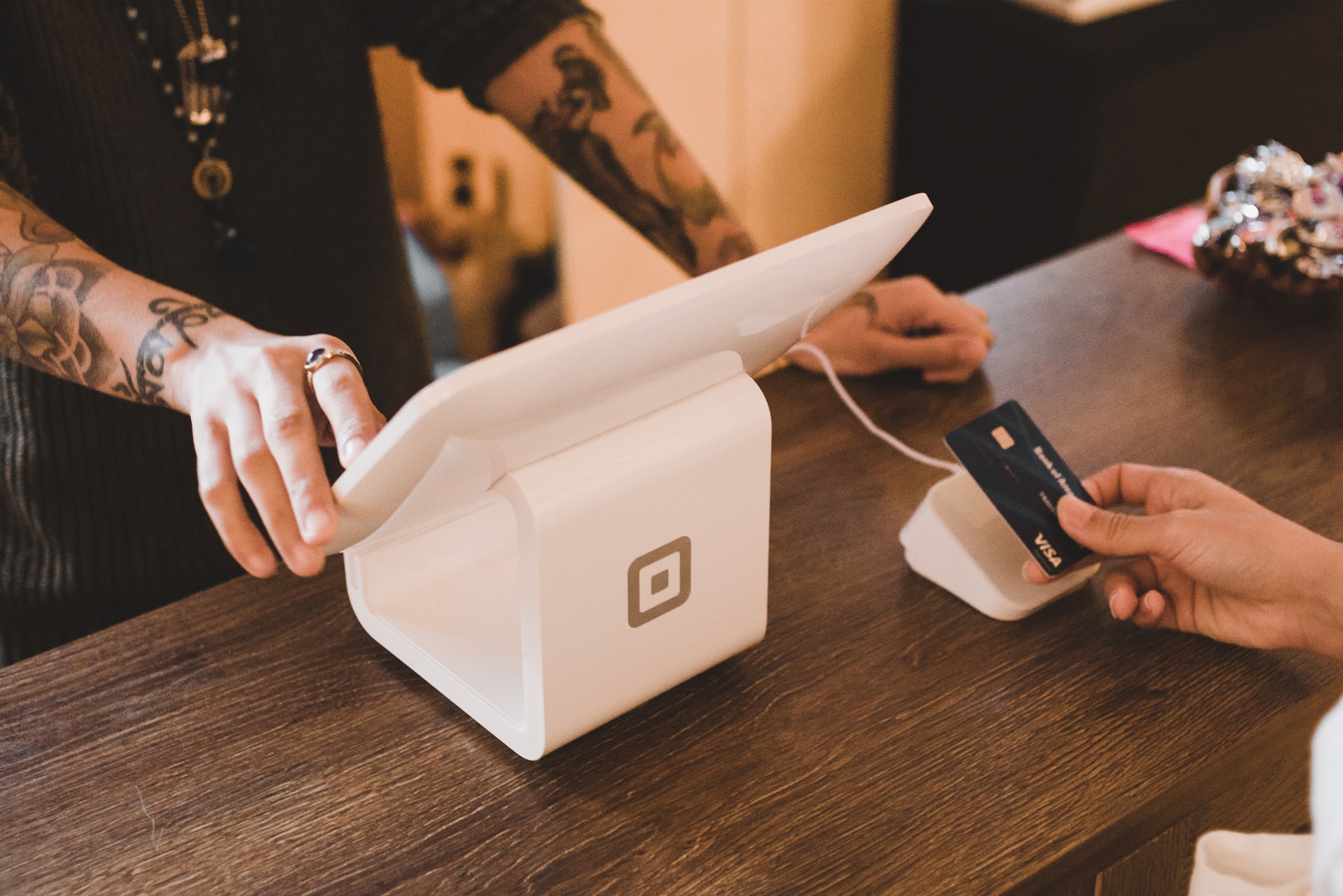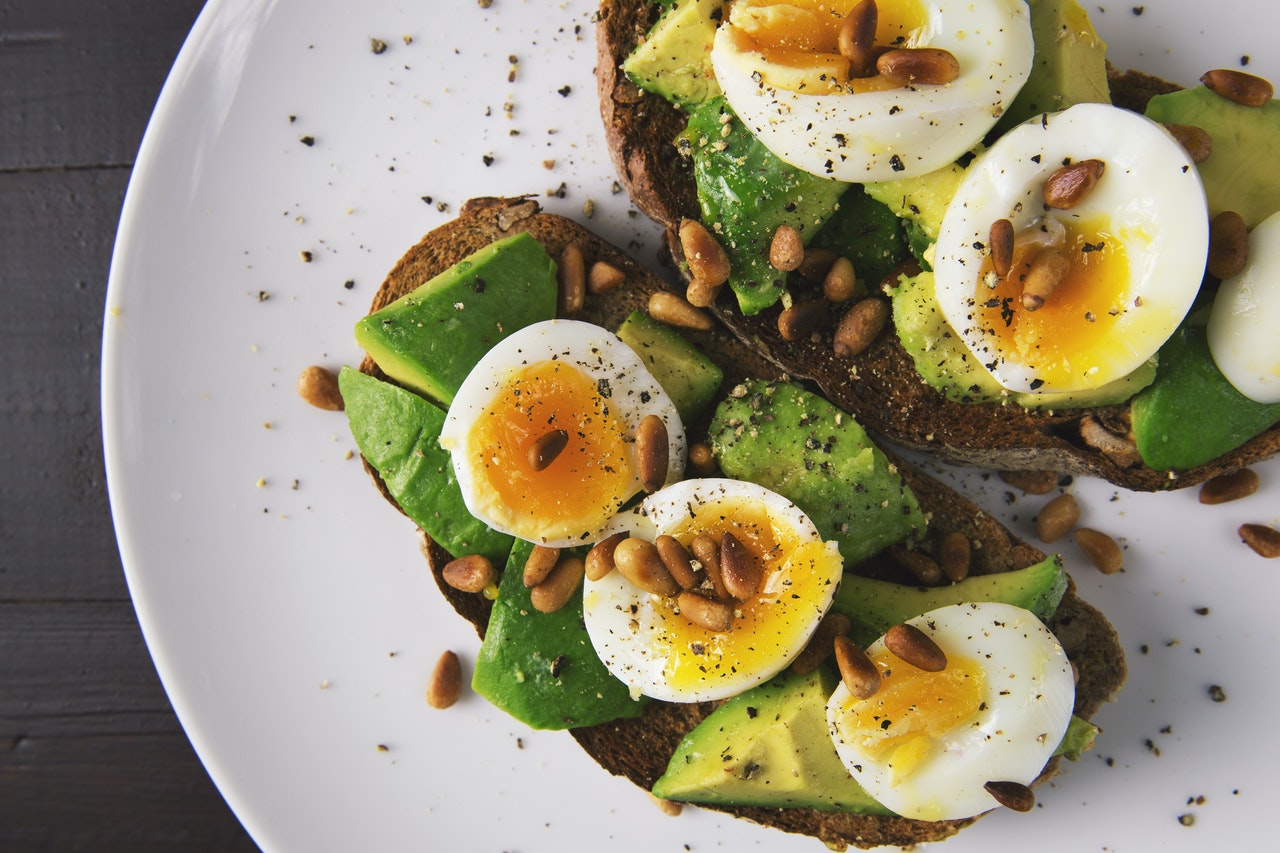Reading Time: < 1 minutes
- Grocery stores and supermarkets use several behavioural tricks on the consumers, so they spend more time there and buy more stuff.
- E.g., the essentials such as milk are always kept in the back of the store, so we pass several other items on our way to the milk section.
- Tiles on the floor is another trick—when we push our carts on the tile floor, they make a lot of noise, forcing us to slow down (and have a long look at items on the shelves).
- The retailers may not get the same effect with a smoother or a carpeted floor.
- Similarly, with fewer windows, the grocery stores try to create a sense of suspended time.
- This means that without the windows, the shoppers can’t notice any unpleasant weather conditions developing outside that may push them to hurry up.
- Nor can they notice that it is getting dark—another factor that may interrupt their “smooth” shopping experience.
- Also, more windows or large windows mean more sunlight—this can fade the packaging and make the temperature regulation a challenge.
- The retail environment is all about space and its optimum utilisation—revenue per square foot is a crucial metric.
- So, the grocery stores wouldn’t want to swap valuable wall space with windows as that would reduce the number of displays the store could afford.
Also Read:
Why are doughnuts called dough ‘nuts’?
What is Keto Diet and how it became popular?
Image courtesy of Anna Shvets through Pexels
Reference shelf :






















